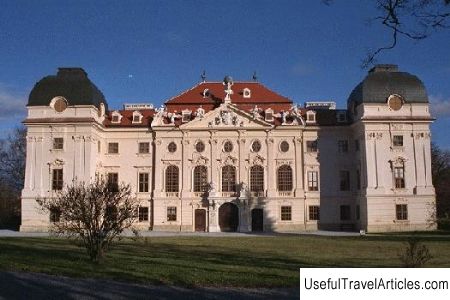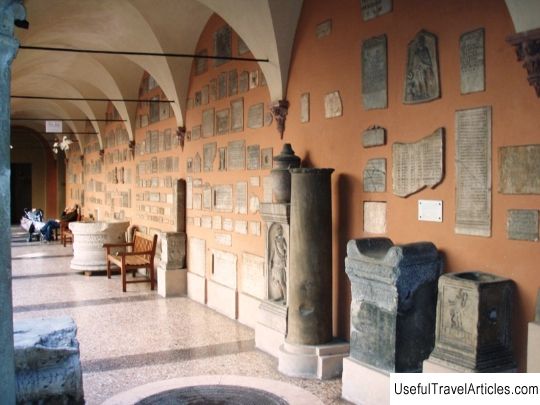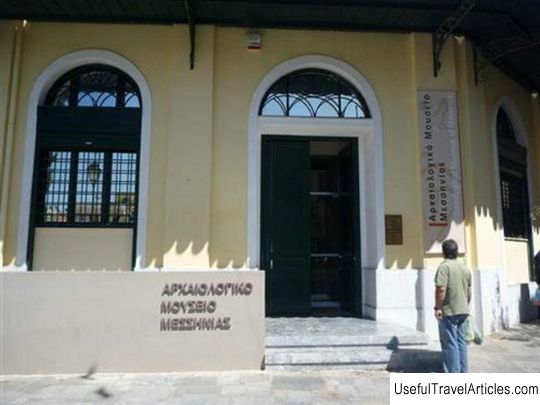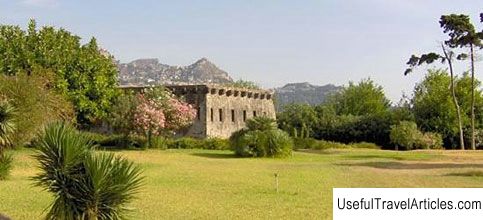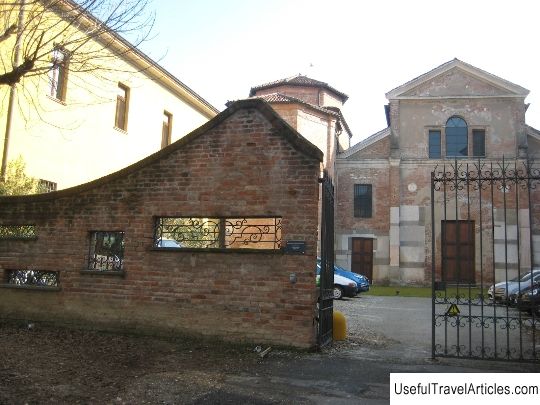Municipal Archaeological Museum (Museo civico archeologico) description and photos - Italy: Diano Marina
Rating: 8,1/10 (680 votes) 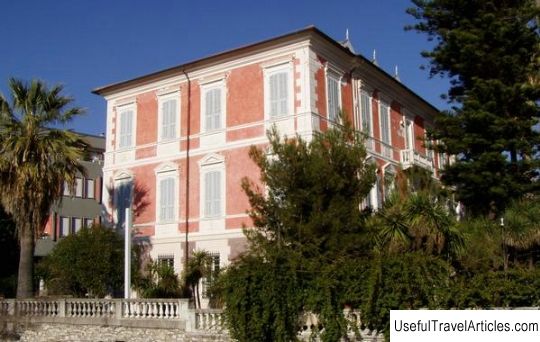
City Archaeological Museum (Museo civico archeologico) description and photos - Italy: Diano Marina. Detailed information about the attraction. Description, photographs and a map showing the nearest significant objects. The name in English is Museo civico archeologico. Photo and descriptionThe City Archaeological Museum of Diano Marina is located in the Palazzo del Parco building on Corso Garibaldi. It was opened in 2004. Eight rooms display exhibits found in the Diano Marina Bay - from Cape Capo Berta to Cape Capo Cervo, where in the past was the settlement of Lucus Bormani. The oldest finds date back to the Paleolithic era - these are fossil minerals, animal remains, primitive tools, which introduce the history of archaeological excavations that began here in the second half of the 20th century. The first room also displays a paleo-ethnological collection. The second room is dedicated to the first settlements of the Bronze Age - here you can see pottery from the 17-10th centuries BC. Next are the collections, relating to the history of the ancient Ligurians (two hearths from the Via Villebone, amphorae, pottery) and the period of Romanization of the territory of Liguria. The fifth room is dedicated to the land and sea travel and trade routes of the ancient world: 14 Roman coins from 40 BC are exhibited here. - 315-16th AD, as well as the remains of a ship that sank at Diano Marina in the 1st century AD. In another room, there are exhibits found between San Bartolomeo and the eastern slopes of Cape Berta, which indicate that this area served as a kind of staging post between the Via Giulia Augusta road and Gaul. The exposition, which tells the history of the settlement of Lucus Bormani, deserves special attention: its very name refers to the cult of the ancient deity Bormann, who has been worshiped by local residents since time immemorial. Pottery and various tools make it possible to restore the daily life of its inhabitants: pottery, bronze fishhooks, primitive looms, etc. are collected here. And from the time of the colonization of Lukus Bormani by the troops of the ancient Romans, two graves have been preserved.         We also recommend reading Basilica of Santa Chiara (Basilica di Santa Clara) description and photos - Italy: Assisi Topic: Municipal Archaeological Museum (Museo civico archeologico) description and photos - Italy: Diano Marina. |
